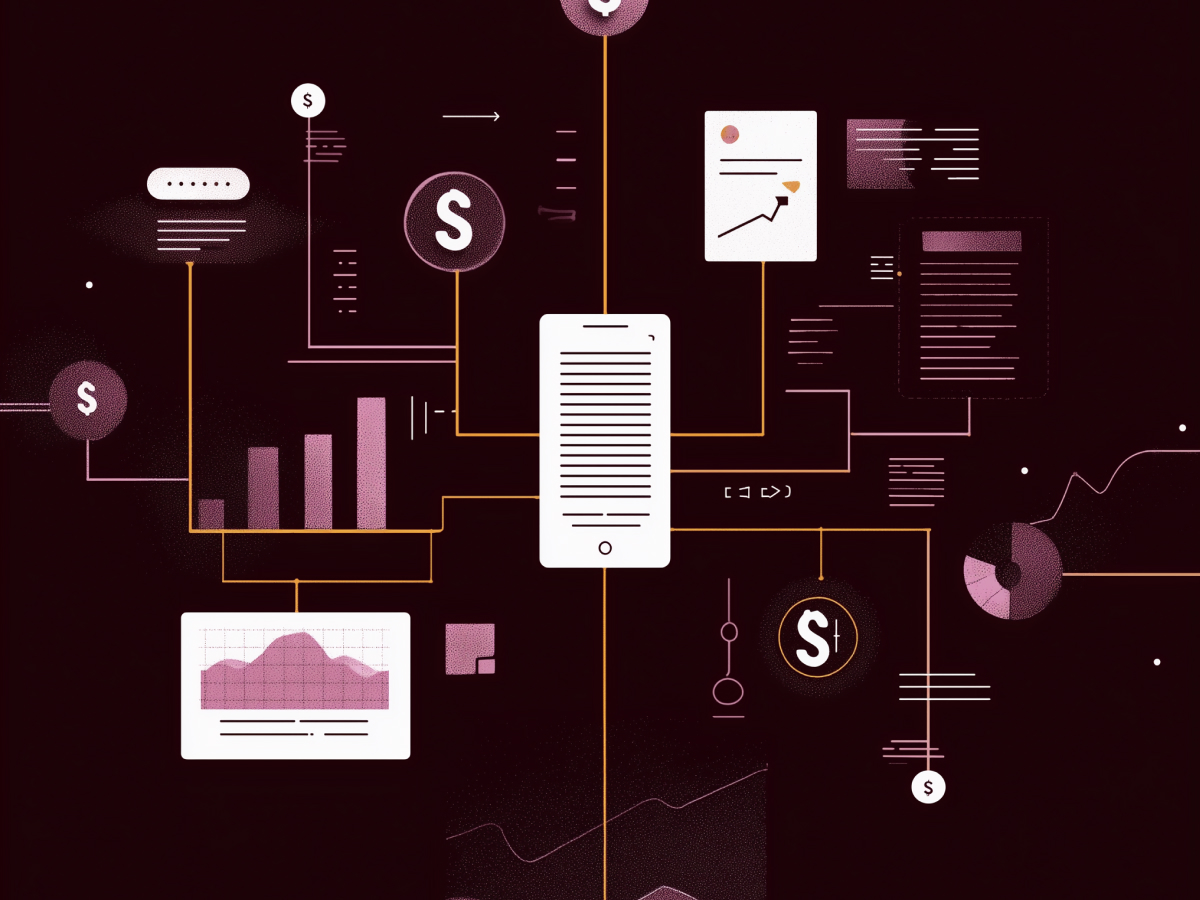Customers demand relationships over mere convenience
Most companies have spent the last decade making customer experiences easier: faster checkouts, fewer clicks, and shorter wait times. That effort was necessary, but it’s not enough anymore. Customers today expect something else, an actual relationship. They want to be understood, not processed. That means connecting with them in a way that feels personal, across every interaction, regardless of platform or touchpoint.
If your organization still views CX as a department, you’re already behind. Leaders at Hilton are doing it better. They’ve embedded customer experience goals across the organization, from corporate headquarters down to hotel staff. Everyone is aligned around one objective: deliver a consistently human and high-value experience. That requires leadership that’s not just on board but driving the shift. It also demands focus. Not every metric matters. Not every initiative drives loyalty. Prioritize what does.
The companies doing this right use integrated data to power real-time insights. They enable employees, not just systems, to act on what matters. AI is playing a growing role here. It’s not about automation for speed; it’s about automation for relevance. With AI, companies can now scale personalized interactions that once seemed impossible at high volume. That doesn’t mean replacing people. It means giving them better tools to connect with customers in meaningful ways.
If you’re investing in tech without investing in relationships, you’re hemorrhaging long-term value. The future isn’t about being the fastest. It’s about being the most relevant. So ask yourself: are you building a brand people care about, or just one they can navigate through quickly?
Traditional survey-based feedback is insufficient
If your entire CX strategy relies on customer surveys, you’re operating in the dark. Why? Because fewer than 5% of customers typically respond to surveys. And that 5% might not even include your most valuable customers. You’re hearing from the most vocal, not necessarily the most important.
Modern companies are changing how they listen. They use AI to interpret customer behavior, not just customer words. Predictive analytics, real-time sentiment tracking, and behavioral data now reveal what customers won’t say in a survey. Tools like conversational AI allow for scalable two-way interactions, actual dialogues, not static forms. And when done correctly, they don’t just gather feedback. They build trust.
Fiserv is doing this effectively. They use AI-powered conversation tools with B2B clients. It’s not a one-and-done question. They follow up intelligently, drawing out deeper responses. As a result, they get meaningful engagement from over 40% of participants, far beyond what standard surveys achieve.
The key is turning passive data into action. Brad Anderson, President of Product, Engineering, and UX at Qualtrics, summed it up well: “Organizations can now respond to people with an in-depth understanding of the human experience.” He’s right. With the right data model, you can act on sentiment in real time. That’s not just faster, it’s smarter.
You’ve already invested in basic feedback systems. Now evolve them. Use AI and automation to surface second-order insights, the stuff your customers feel but don’t always say. Because in business, reacting late is often worse than not reacting at all.
AI-Enabled emotional engagement is the new differentiator
Digital tools have become basic infrastructure. Everyone has apps. Everyone has chatbots. Everyone offers online support. That’s no longer impressive, it’s expected. Digital alone doesn’t differentiate you anymore. What does? Using AI to connect with customers in a way that feels personal and aligned with their emotional expectations.
When digital systems still feel transactional, cold, rigid, generic, you’re not in the conversation for long-term loyalty. The companies pulling ahead are embedding emotional intelligence into their platforms. These aren’t just systems that respond, they understand. They deliver context-aware responses that recognize sentiment and tailor engagement on the fly.
Let’s look at banking. More than 75% of UK banking customers say their everyday needs are met digitally, according to Bain’s NPS Prism research. But only 45% feel their bank truly understands or engages with them in a meaningful way. The gap is real. It’s not a matter of more digital channels, it’s about better digital conversations.
This is where AI’s full potential hits the ground. Decision engines, enhanced by machine learning, now personalize interactions in real time. They don’t push generic messages. They adapt. When paired with a strong customer profile and historical context, these systems accurately assess what a customer wants even before they ask.
As Zig Serafin, CEO of Qualtrics, said, “Using AI will make work more human.” That’s the core idea, delivering tech-enhanced empathy at scale. It’s not about replacing people. It’s about giving digital the capability to meet the expectations we usually reserve for the best face-to-face service.
Agentic AI is transforming customer service delivery
Customer support has long been a weak spot for many companies. Legacy chatbots are mostly rigid scripts. They don’t understand ambiguity. They don’t resolve. They route people in circles. And customers give up. That’s changing fast. Agentic AI, powered by large language models, has moved beyond scripted responses to autonomous action.
These AI systems don’t just provide canned answers. They assess the situation, interpret intention, resolve the issue, and escalate where necessary, all in real time. That’s operational impact. At this point, up to 85% of customer support issues can be resolved autonomously by agentic AI. That’s a fundamental cost and experience shift.
What makes this possible? Most companies already have part of the groundwork in place. Existing systems, all the rules, automations, and workflows built to assist human agents, are now powering agentic AI. These legacy assets, when tied into AI intelligence layers, suddenly start delivering new levels of capability. So, you’re not starting from zero. You’re adapting what you already have.
In many cases, companies don’t realize how close they are. What they see as isolated automation tools, RPA scripts, escalation logic, classification trees, are in fact the foundational pieces for deploying intelligent agents that act independently.
Deon Nicholas, Chairman and Cofounder at Forethought, puts it clearly: “Agentic AI doesn’t just give you the information so you can solve your own problem. Agentic AI solves your issue end to end. It interviews you to understand your problem, and in real time, behind the scenes, it is troubleshooting and taking corrective actions… without any human intervention.”
For leaders, this isn’t just an efficiency upgrade. This is a redesign of how service works. It cuts costs. It reduces churn. It boosts customer satisfaction. And it scales without adding headcount. The companies that act on this now won’t just keep customers happy, they’ll fundamentally change how support creates value.
Aligning CX investments with measurable business outcomes is essential
Many companies have poured resources into customer experience, AI platforms, advanced analytics, cleaned data, and voice-of-customer tools. But most aren’t seeing the full return. The reason isn’t the tech. It’s that too many initiatives are disconnected from measurable business goals. If you can’t tie CX outcomes to revenue, retention, or operating margin, you won’t get long-term support from leadership, or the board.
At the 2025 Qualtrics X4 Executive Forum, 45% of attendees admitted they couldn’t confidently explain the business impact of their experience programs to their CFO. That number should be zero. If your CX strategy doesn’t clearly support growth or cost efficiency, it’s vulnerable to cuts the next time budget priorities shift.
Most organizations stumble in three areas. One, they have fractured internal alignment, teams work in silos, optimizing for their function instead of business-wide impact. Two, they overcomplicate execution with sprawling initiatives that lack focus. Three, they fail to prioritize projects based on financial outcome.
High-performing companies do it differently. They focus CX investments on value drivers, things like customer retention, higher margin realization, or lower service costs. These companies create shared accountability across business units and build feedback loops that directly inform real-time decisions. The investment becomes a system, not a toolset.
Zig Serafin, CEO of Qualtrics, pointed out that many CX initiatives fall short because they’re incremental and impersonal. That’s accurate. An initiative that improves a metric but doesn’t change a business result is not worth sustaining. You need to center the program on outcomes that matter to the boardroom, and design the people, process, and platform layers to drive those results forward.
If the CFO doesn’t understand your CX roadmap, that’s your fault, not theirs. Translate your initiatives into metrics they care about. That’s how you move from cost center to growth engine.
Main highlights
- Customers want emotional connection, not just convenience: Leaders should prioritize personalized, trust-based interactions across all customer touchpoints, leveraging tech and employee empowerment to scale relevance and loyalty beyond efficiency.
- Traditional customer feedback methods fall short: Relying solely on surveys captures too little of the customer voice, executives should invest in AI-driven insights, predictive analytics, and real-time sentiment tracking to surface deeper and more actionable behavioral data.
- Digital experiences must evolve with empathy at the center: With basic digital services now expected, companies must enhance emotional engagement by using AI to deliver adaptive, context-aware interactions that feel personal and human.
- Agentic AI is already reshaping customer support: Executives should accelerate adoption of autonomous AI systems that resolve up to 85% of issues, freeing up resources, reducing churn, and improving customer satisfaction without new headcount.
- CX must tie directly to business impact: To secure sustained investment, CX programs must be aligned with measurable growth metrics such as retention, margin, and cost reduction, leaders should embed ROI-driven feedback systems and eliminate siloed optimization efforts.





